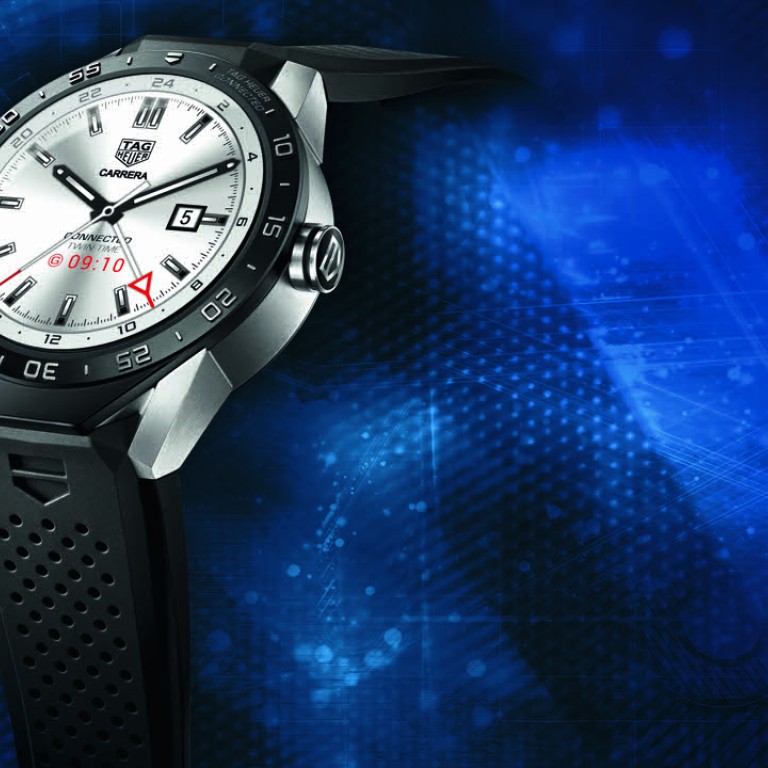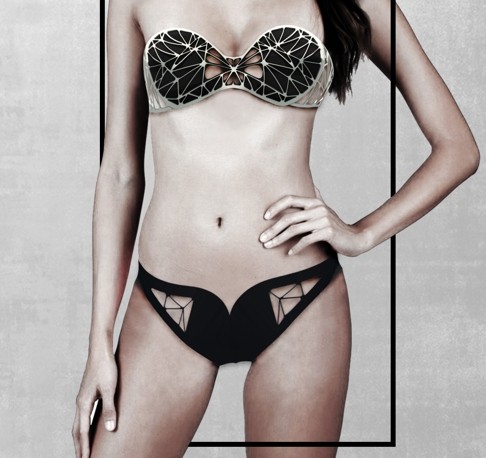
Fashion goes hi-tech with smart bags and watches, pollution-absorbing swimwear
Technology is reshaping the world as we know it, and fashion brands are joining the bandwagon: expect the two industries to collaborate
The impact that technology and luxury goods, including fashion, have on each other these days goes beyond communication strategies and online sales. In the digital era, the two have become unlikely bedfellows. “Tech-luxury” is a new platform for experimentation and 2016 promises to be a year of great innovation.
“Technology is integral to every business today and will continue to be imperative in the future,” says Samantha Aldenton, associate editor of WGSN, a firm specialising in forecasting fashion trends.
SEE ALSO: Tag Heuer becomes first Swiss luxury-watch maker to launch a smartwatch
“However, when I’m talking about technology, I mean true technology and not the gimmick tech designed by marketers to attract buzz from the press like a lot of the wearable tech on the market today.”
SEE ALSO: LVMH, Omega among luxury brands playing catch-up with Apple in smartwatch race
For a long time, the idea of innovation through technology in fashion was limited to certain experimental designers eager to escape the constraints of tradition and the conventions of the luxury market. Hussein Chalayan’s “Remote Control Dress”, Iris Van Herpen’s outlandish and sometimes interactive fabrics, Diane von Furstenberg’s collection with Google Glass, and Ralph Lauren’s shirts that can measure heartbeats and breathing are all examples of harnessing technology to evolve a brand’s identity, bringing fresh functionality and a hint of futurism to products.

SEE ALSO: Establishment figures seek to allay talk of battle with smartwatch makers, insisting they are into wearables
Von Furstenberg is about to launch a collection of handbags which include a built-in charger, while Vivienne Tam has collaborated on bags with charger inserts.
Swarovski, meanwhile, recently joined forces with Misfit, maker of the activity and sleep monitor Shine, to create a range of high-end connected jewellery embedded with technology to measure steps taken, calories burned, distance walked and sleep quality, and self-charging through a solar-powered battery.
SEE ALSO: Want really smart jeans? Google and Levi Strauss have interactive clothes all sewn up
Technology is also a useful tool for fashion designers and brands that wish to make a statement: the recently launched Sponge Suit bikini designed to absorb pollution from the sea is a case in point. Created by New York-based design and architecture studio Eray Carbajo, the bikini is crafted from a sponge-like material – a network of nanocarbons based on sugar and developed by University of California engineering professors Mihri Ozkan and Cengiz Ozkan – that repels water but absorbs oils and other impurities. It shows that tech-luxury can have an ethical impact, but this is not an outfit that many would wear.
Bruno Pieters, the founder and designer of the 100 per cent transparent and sustainable brand Honest By, and Comme des Machines, a so-called future fashion advisory based in Bilbao, Spain, teamed up to launch the Download EP01 collection last June. It consists of nine designs that can be bought and downloaded, then sent to 3D home printers. The Antwerp-based brand founded by Pieters is the first fashion brand to offer a collection of downloadable 3D designs.

Harnessing technology to develop accessories and clothing dates back to the beginning of industrialisation and has had a huge impact on the evolution of clothing production.
“Fashion and technology are inextricably connected, more so now than ever before,” says Thomas Campbell, general director of New York’s Metropolitan Museum, whose Costume Institute will welcome the exhibition “Manus x Machina: Fashion in an Age of Technology”, from May 5 to August 14. The exhibit aims to explore the impact of new technologies on fashion designers from the 19th century to today.
“It is therefore timely to examine the roles that the handmade and the machine-made have played in the creative process,” says Campbell.

The tech-luxe process has gone even further, as gadgets enter the realm of chic, a key example being the recent Apple Watch Hermès, the number one gift wish for the tech-savvy fashionista.
It’s not hard to see why so many want this item: it combines the leather craftsmanship of French fashion giant Hermès with advanced technology from Apple. It comes in three different wristbands (single or double tour and cuff), three face designs, three numeral displays (12, 4 or 1) and three features (stopwatch, date and global time).

“The most important consideration for any luxury brand looking to integrate wearable technology is that the consumer essentially shouldn’t even be aware that they’re wearing something that’s technology enabled,” she says.
LVMH is also positioning itself in the tech-luxury arena. The French luxury group unveiled its first connected watch in November, the Carrera Connected by TAG Heuer, with Android functionality, created in partnership with Intel and Google. The Carrera Connected has already sold out – new arrivals are expected in mid-2016.
For Jean-Claude Biver, president of LVMH’s watch division, luxury and technology are not in confrontation but in partnership. “When ideas are colliding, a growing world of luxury-tech is unavoidable.”
